Does Swimming Burn The Most Calories?
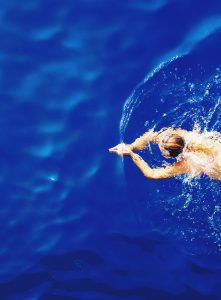 If you workout at Liv Fitness in Tracy, CA, you probably are active outside the gym. You may go swimming, biking, running, or hiking and probably wonder which one burns the most calories. It’s not an easy question to answer, since that depends on several factors. How fast is your pace and how intensely are you exercising? How long are you exercising?
If you workout at Liv Fitness in Tracy, CA, you probably are active outside the gym. You may go swimming, biking, running, or hiking and probably wonder which one burns the most calories. It’s not an easy question to answer, since that depends on several factors. How fast is your pace and how intensely are you exercising? How long are you exercising?
Many people consider running the top calorie burner.
Running is an intense activity that pushes the body to the limit. However, you can only run at peak intensity for so long. You can swim far longer. Even though running burns about 60% more calories than casual swimming, you can continue casual swimming far longer than running at peak performance. Does it burn more calories per hour? No, but you can swim far longer without getting exhausted.
Swimming is a good cardio exercise that is easy on the joints.
If your knees hurt every time you run, take note. Running is a high-impact sport that takes its toll on the joints. Swimming, on the other hand, is low impact. It’s especially good for people who are overweight or those with joint issues. Your body is more buoyant in the water so there’s far less pressure on the joints. The water also provides more resistance than exercising on dry land does, so you’ll burn more calories if you do traditional calisthenics in the water. Walking and attempting to run in water can burn even more calories than the dry land counterparts.
You’ll burn calories as you build muscle tissue.
Because of the water resistance, you’re building muscle. After all, that’s what strength training is. It’s resistance training. On dry land, the weight of the dumbbells, barbells, or your body goes against the force of gravity. In the water, it’s against the water resistance. Unlike running, which burns both muscle and fat tissue, you build muscle tissue when swimming. The more muscle tissue you have, the higher your metabolism, since muscle tissue requires more calories to maintain than fat tissue does. The more muscle you have, the more calories you burn, even when you’re sleeping.
- One study of middle-aged women showed that spending three times a week swimming for 60 minutes burned substantial weight. More weight loss was from fat loss. It was primarily from the hip and waist area.
- Another exercise that burns fat and builds muscle tissue is resistance training—weight lifting or bodyweight exercises. You can make it a high intensity interval workout to burn extra calories.
- Swimming is a full-body exercise, which is another reason it burns a lot of calories. It also works all the muscles in the body. If you swim at top speed, it burns as many calories as running.
- You can use swimming as an alternate exercise on your days away from the gym. It increases circulation. If you’ve had an intense day at the gym, use it as a recovery exercise the next day.
For more information, contact us today at LIV Fitness

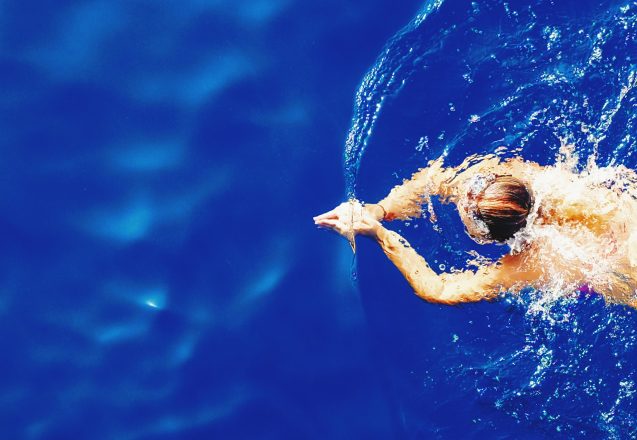
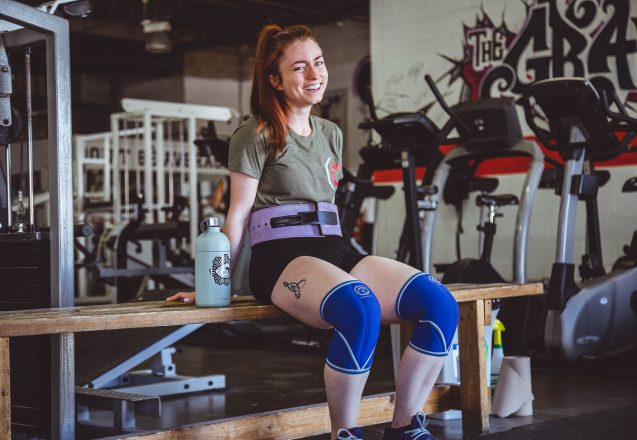
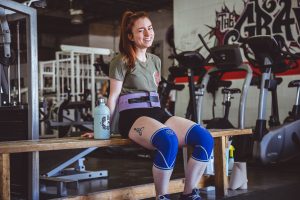 Weightlifting belts were popular in Livermore, CA, before 2000 but have since dropped out of vogue. Some people believe it can inhibit the building of lower back or core strength. It’s not a substitute for using core muscles but a way to increase the stability of your spine if you’re lifting heavy loads. It can help prevent the effect of compression on the spine. Studies show that a belt may allow you to increase muscle activity by as much as 25%. It also increases ab and lower-back muscle use.
Weightlifting belts were popular in Livermore, CA, before 2000 but have since dropped out of vogue. Some people believe it can inhibit the building of lower back or core strength. It’s not a substitute for using core muscles but a way to increase the stability of your spine if you’re lifting heavy loads. It can help prevent the effect of compression on the spine. Studies show that a belt may allow you to increase muscle activity by as much as 25%. It also increases ab and lower-back muscle use.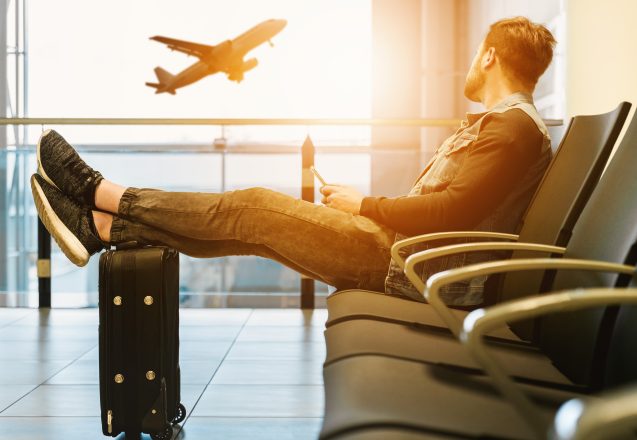
 Whether you’re on the road for business or a fun family trip, eating healthy food can still be your goal. You don’t have to “junk-food junkie” your way across America. It takes some planning, but with the help of an internet search or a couple of coolers in the trunk, it’s possible to eat healthier. Start by planning your trip before you leave the house. Check the internet for restaurants on your route and visit their website to view what they offer.
Whether you’re on the road for business or a fun family trip, eating healthy food can still be your goal. You don’t have to “junk-food junkie” your way across America. It takes some planning, but with the help of an internet search or a couple of coolers in the trunk, it’s possible to eat healthier. Start by planning your trip before you leave the house. Check the internet for restaurants on your route and visit their website to view what they offer.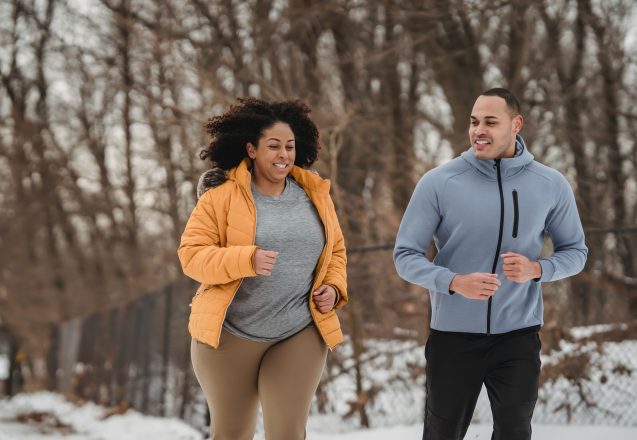
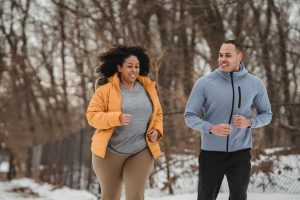 Starting any exercise program is a good thing, even if it’s just walking. However, if you want to lose weight and be your healthiest, you need all types of exercise, cardio, strength, balance, and flexibility. Some people focus strictly on cardio for weight loss, saying it burns tons of calories. They’re correct. It does burn calories, but if that’s all you’re doing, you might be sabotaging your efforts to lose fat and future weight loss.
Starting any exercise program is a good thing, even if it’s just walking. However, if you want to lose weight and be your healthiest, you need all types of exercise, cardio, strength, balance, and flexibility. Some people focus strictly on cardio for weight loss, saying it burns tons of calories. They’re correct. It does burn calories, but if that’s all you’re doing, you might be sabotaging your efforts to lose fat and future weight loss.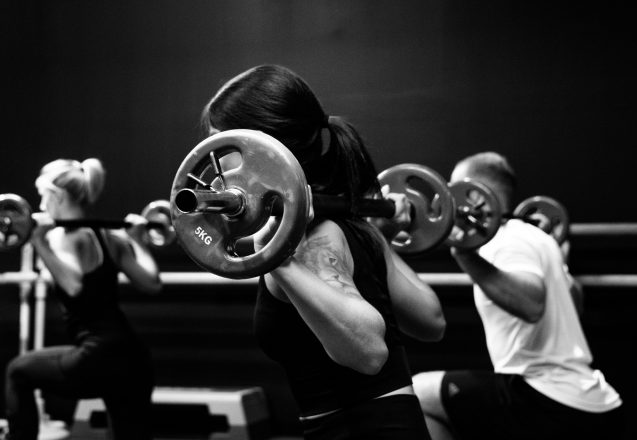
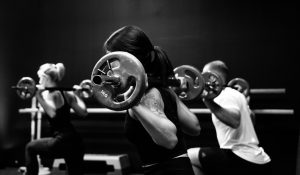 At LIV Fitness in Livermore, CA, we include all types of fitness training in our clients’ programs. Strength training is an important part of fitness and has many health benefits. You can combine it with other types of fitness training to get more from the workout in a shorter time. Some people question whether weightlifting is appropriate for women, seniors, or those with physical limitations or even if it’s healthy. The good news is that almost every adult can lift weights. The amount of weight lifted may be far less and modifications may be necessary, but the benefits are worth it.
At LIV Fitness in Livermore, CA, we include all types of fitness training in our clients’ programs. Strength training is an important part of fitness and has many health benefits. You can combine it with other types of fitness training to get more from the workout in a shorter time. Some people question whether weightlifting is appropriate for women, seniors, or those with physical limitations or even if it’s healthy. The good news is that almost every adult can lift weights. The amount of weight lifted may be far less and modifications may be necessary, but the benefits are worth it.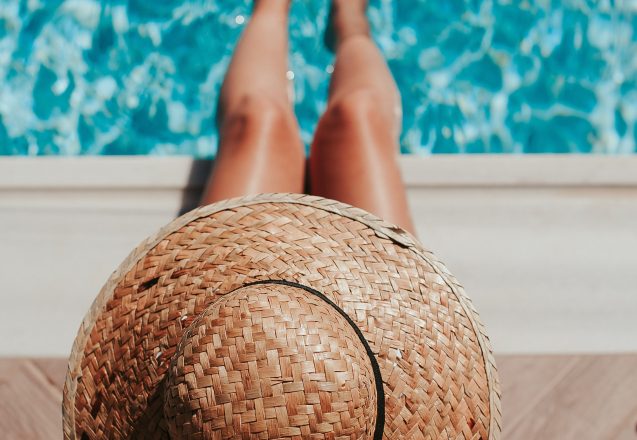
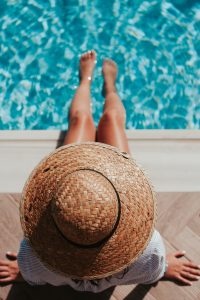 If you’re leaving on vacation next week, even if you lose weight quickly, it will only be a few pounds and will return quickly, most probably while you’re on your vacation. If you have more time, like a month or two, there are several things you can do to not only look better, but also feel better and more energetic. Even if your deadline is two weeks, you can make some positive changes, but if you’re expecting to drop 20 pounds or fit into clothing that is two sizes smaller, you’ll be disappointed.
If you’re leaving on vacation next week, even if you lose weight quickly, it will only be a few pounds and will return quickly, most probably while you’re on your vacation. If you have more time, like a month or two, there are several things you can do to not only look better, but also feel better and more energetic. Even if your deadline is two weeks, you can make some positive changes, but if you’re expecting to drop 20 pounds or fit into clothing that is two sizes smaller, you’ll be disappointed.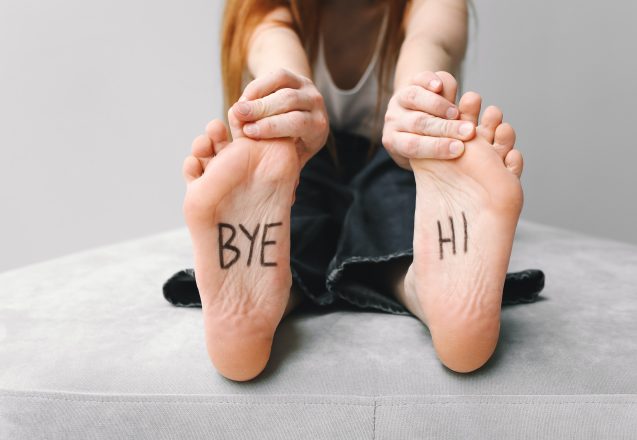
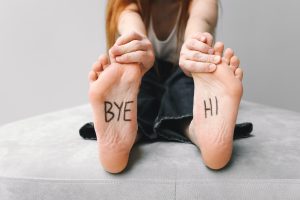 Throughout the years, our personal trainers at LIV Fitness in Dublin, CA, have worked with people with issues that impeded their mobility. They created a personalized workout with modifications to address those issues. Problems often faced are issues with feet and ankles. You don’t have to give up working out, so don’t use it as an excuse not to exercise if that’s your problem. There is a way to exercise with bad feet and have a thorough workout.
Throughout the years, our personal trainers at LIV Fitness in Dublin, CA, have worked with people with issues that impeded their mobility. They created a personalized workout with modifications to address those issues. Problems often faced are issues with feet and ankles. You don’t have to give up working out, so don’t use it as an excuse not to exercise if that’s your problem. There is a way to exercise with bad feet and have a thorough workout.